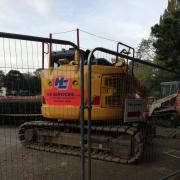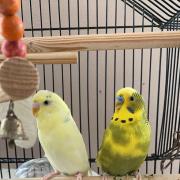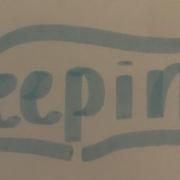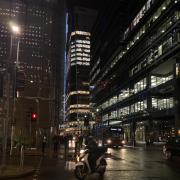
I have been part of the ‘Industrial Cadets Gold Award’ project by the EDT(Engineering Development Trust) for the past 16 weeks. Our programme wraps up this week, and it has given me the opportunity to cogitate on this experience.
There aren’t a lot of engineering work experience opportunities for sixth form students, so I wanted to acknowledge and highlight the merits of this scheme.
EDT is an educational charity, engaging young people through STEM. Any school in the UK can put forward a team of six students. The group is then assigned a company to work with. My team worked with Martin-Baker, a company that produces ejection seats and other safety related equipment for aircrafts. We were assigned a mentor from the company, and then set a brief for our project by our client. This year the whole scheme took place online. It was an arduous commitment: we had to meet weekly, attend development sessions, and effectively solve the brief, all while compiling our 40 page write up and logging our experiences into a workbook; making up a minimum 50 hours of work. The culmination of the programme was a virtual presentation to industry experts, followed by a Q&A session.
Even though it took a good haul of resilience and responsibility, I thoroughly enjoyed the scheme and got a lot out of it. This was a different type of experience to shadowing a professional or those week long virtual talks on the various sectors of engineering. Here, we were the engineers. We were the project managers, designers, analysts and market researchers.
Our mentor helped guide us through the engineering process, directed us in our research, and helped us acquire some utilitarian skills along the way. Not only were so many softs skills automatically enhanced like communication, organisation and leadership; but we also acquired industry-specific skills that would help us in the future. Our team learnt how to use Gantt charts, innovative designing, coding with Excel, and even computer aided designing(CAD).
One of my biggest achievements was learning 3D modelling. I was part of the designing group, and we were tasked to model a piston locking mechanism for a canopy jettison system. To effectively communicate our ideas, we had to create virtual 3D models of our designs, using the cloud-based 3D CAD-CAM modelling software, Fusion 360. The only CAD experience we had had before was with the 2D modelling we cover at GCSE design and technology; so we first had to learn how to use the software with the help of online forums, Youtube, and through collaborating with each other. 3D modelling has become a great arrow to add to my quiver, and understanding it gave me an insight into what my future as an engineer would hold.
Reshmi Perayeravar from the Tiffin Girls School, one of my teammates, had this to say: “Before, the idea of undertaking engineering as a career was just a concept, an ideal field that fit the subjects I like and took for my A levels. But now that I’ve seen what we learn actually come to life, especially in the form of our prototypes, it feels a lot more tangible and I’m a lot more determined to pursue it now. Not to mention this is a great addition to university applications.”
Hanna Nasir, who also completed the scheme said, “I particularly loved working with people with similar interests as me. This programme was a great opportunity because we don’t get this kind of experience anywhere else.”



























